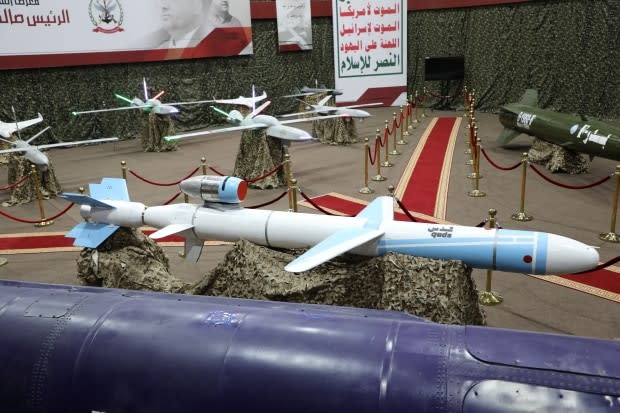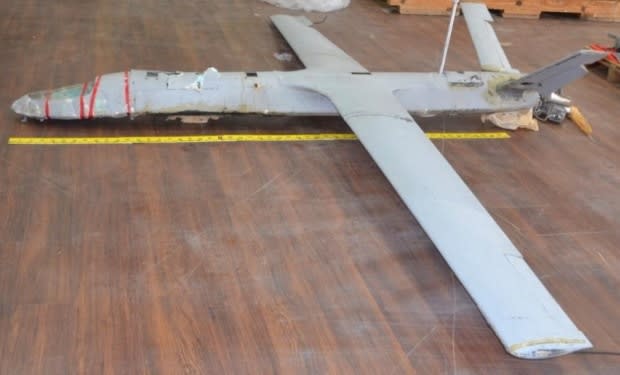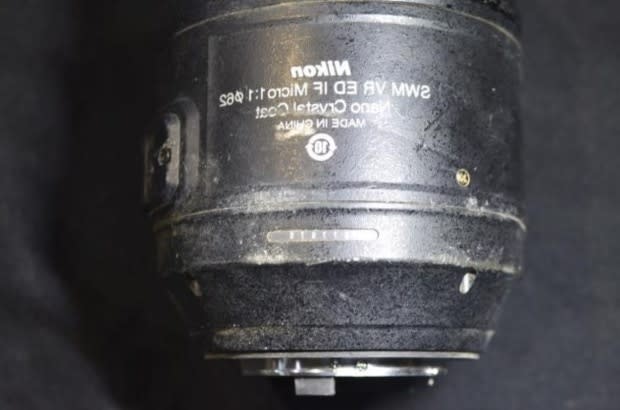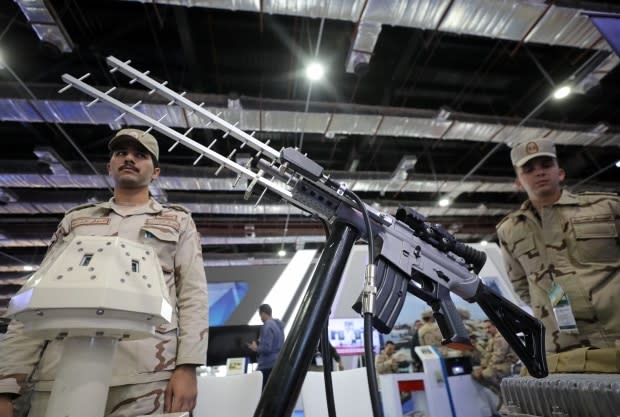Attack on Saudi oil facilities highlights danger of 'kamikaze' drones
The recent attack on Saudi oil facilities has cast a spotlight on an increasingly used but often misunderstood piece of combat technology: "kamikaze" or "suicide" drones.
And the incident has brought into focus what one expert calls the "eminent" possibility of such devices one day being used to sow terror in major cities.
The strikes on the Saudi Aramco plants last Saturday involved some 20 drones and several cruise missiles, U.S. officials have reportedly said. Although drone attacks have been carried out before in the region, this effort significantly disrupted Saudi Arabia's oil capacity, marking an escalation in their scale of destruction.
Houthi rebels — aligned with Iran and battling the Saudi-led coalition in Yemen's civil war — quickly took responsibility for the strikes. U.S. officials blamed Iran, but Tehran rejected the claim.
On Wednesday, a Saudi defence ministry spokesperson identified the drones as Iranian delta-wing unmanned aerial vehicles, and presented at a news conference remnants of drones and missiles. But an adviser to Iran's president said the news conference "proved that Saudi Arabia knows nothing about where the missiles and drones were made or launched from."
While it's not entirely clear who's responsible, it is known that since 2018, the Houthis have obtained advanced drones capable of attacks beyond Yemen's borders, according to a UN Security Council report released last January.

Device 'shrouded in mystery'
Identifying the devices as UAV-X (unmanned aerial vehicle X), the report said they could fly 1,500 kilometres and travel at speeds of up to 250 km/h.
What's more, the device can carry a warhead made up of 18 kilograms of explosives and ball bearings, making it potentially more lethal than other Houthi-owned drones, the UN report warned.
Known broadly in the industry as "loitering munitions" for their common ability to stop mid-air and wait for a target, the category of devices is also referred to as kamikaze or suicide drones. They're normally destroyed themselves while mounting an attack.

As for the UAV-X, it can also be used in reconnaissance missions to gather intelligence at a distance. Among the debris of one such device, the UN's panel of experts found the lens from a Nikon D810, a widely-available, professional-grade digital camera.
Beyond that, the device is "somewhat shrouded in mystery," said Arthur Holland Michel, co-director of the Center for the Study of the Drone at Bard College.
Despite the secrecy around the UAV-X, Holland Michel said, "I wouldn't be surprised if something like the loitering munitions used by the Houthis did become somewhat widely accessible in three to five years."
Military-grade drones, especially those deployed by the United States, have been best known for use in surveillance operations and targeted killings from thousands of kilometres away.
They bear almost no resemblance to the off-the-shelf devices available at stores. Instead, the UAV-X is shaped more like a jet with a wingspan of 4.5 metres — roughly the length of a sedan.
Hard to detect
Air defence systems often aren't calibrated to detect loitering munitions, which fly at lower altitudes and speeds than ballistic missiles and military aircraft. The result is the drones may only be spotted from a shorter distance, according to Justin Bronk, a research fellow at London's Royal United Services Institute (RUSI).
Bronk said anti-drone systems generally involve guns shooting down the devices. The systems aren't ideal; they run out of ammunition and can easily be overwhelmed by multiple incoming targets at once.

"There is no perfect answer," he said.
Much of the damage caused in last weekend's attack may be due to the use of missiles, rather than drones. Loitering munitions still can't handle the same size of weaponry as larger missiles.
But the number of devices deployed appears to underscore the difficulty in defending against such a co-ordinated operation.
"The co-ordination of those [drones] would not be entirely simple," said Craig Martin, a professor at the Washburn University School of Law. But compared to other weapon systems, "they're relatively cheap."
Martin wrote an essay about Canada's planned acquisition of armed drones. (The Royal Canadian Air Force hopes to purchase armed drones for domestic and overseas use within six years, The Canadian Press reported in February.)
In a telephone interview, Martin estimated the drone attack in Saudi Arabia would have cost "tens to hundreds of thousands of dollars." He said that's much less than Riyadh's $1 million US or more spent to deploy a single Patriot surface-to-air missile as a means of defending against Houthi threats.
RUSI's Bronk said, "The price of entry" isn't very high. And "it does potentially give small groups or countries long range, fairly accurate, precision strike capabilities."
He said the use of loitering munitions isn't new, but their prices have dropped and freely-available GPS data has made them easier to program for use on a specific target. A quick search on Google Maps, for instance, reveals the exact location of Saudi oil facilities.
The drones deployed last Saturday are believed to have been GPS-programmed to hit those exact spots.

'Threat' from consumer-grade drones
Off-the-shelf drones aren't made to carry weapons, but videos shared online appear to show ISIS using such commercial devices to drop grenades in Iraq and Syria.
Speaking to a U.S. Senate panel last year, FBI Director Christopher Wray called the use of civilian drones by criminal groups "a steadily escalating threat."
Holland Michel, at the Center for the Study of the Drone, said an attack in a big city involving grenades strapped to drones "is eminently possible today." Citing the example of an armed drone flying over a crowded stadium, he called the potential "very worrying."

Many countries and major cities, however, have adopted a patchwork of laws banning drones from public areas. And Holland Michel said if a criminal group were to acquire the weapons needed for such an attack, it would raise a red flag among security services.
"We don't want people thinking this kind of Houthi drone attack is possible tomorrow in Toronto."


